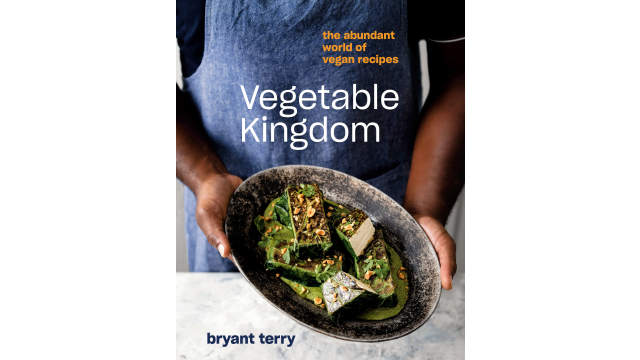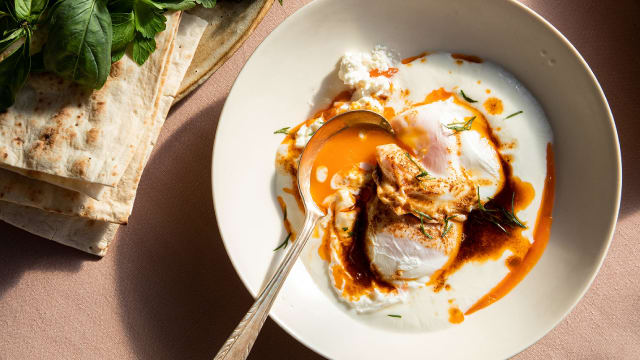Jicama

Latin name: Pachyrhizus erosus
Other names: yambean, Mexican turnip
Uses: vegetable
What is jicama?
Jicama is a round, beige vegetable, related to peas, with a slightly papery skin. It’s surprisingly sweet, with a wonderfully crisp, crunchy texture.
Why is jicama healthy?
Jicama is high in fiber and vitamin C. It’s also a source of folate, iron, magnesium, potassium, and manganese. Jicama’s high water content, around 85% or more, also means it’s good for hydration.
What does jicama taste like?
Jicama has a mild flavor, sort of like a cross between a raw potato and an apple or like a starchy Asian pear, with earthy-nutty undertones. It has a crispy-juicy texture, reminiscent of water chestnut.
How do I use jicama?
Jicama can be eaten raw or cooked. Regardless, you’ll want to peel it first. Then it’s usually cut into matchsticks or fry-shaped (which can indeed be fried like a potato). You can also use it in East Asian and Southeast Asian cuisine anywhere you’d use water chestnuts.; Iin fact, fresh jicama tastes better than canned water chestnuts.
What does jicama pair well with?
Jicama’s mild, sweet flavor gives it versatility — it’s just as at home with carrot sticks and ranch dip as it is with tostadas and a bowl of sikil p’ak. In general, however, jicama is an ingredient that obeys the rule “what grows together goes together.” It’s at its best with staples like chiles, nixtamalized corn, pumpkin seeds, red onion, avocado, tropical fruit, and citrus. It loves chile and tropical fruit, but also plays beautifully with ginger, scallions, sesame, soy sauce, and five spice.
Where does jicama grow?
Jicama has been cultivated in Mexico and Central America for thousands of years and is still widely grown and eaten there. Texas dominates American production but most jicama found in American markets is still from Mexico. Jicama vines grow best in tropical climates but can be grown in areas with at least five frost-free months.
How to buy jicama:
Look for firm, thin-skinned specimens without any cracks or soft spots, and store them in a cool, dry place for up to a couple weeks. Smaller jicama usually have a better flavor and texture.
Fun jicama fact:
While the average jicama typically weighs in at a few pounds, they can get much bigger. The world record was achieved in 2008 by a Filipino grower who somehow managed to produce a specimen weighing in at over 46 pounds (21 kilograms).




